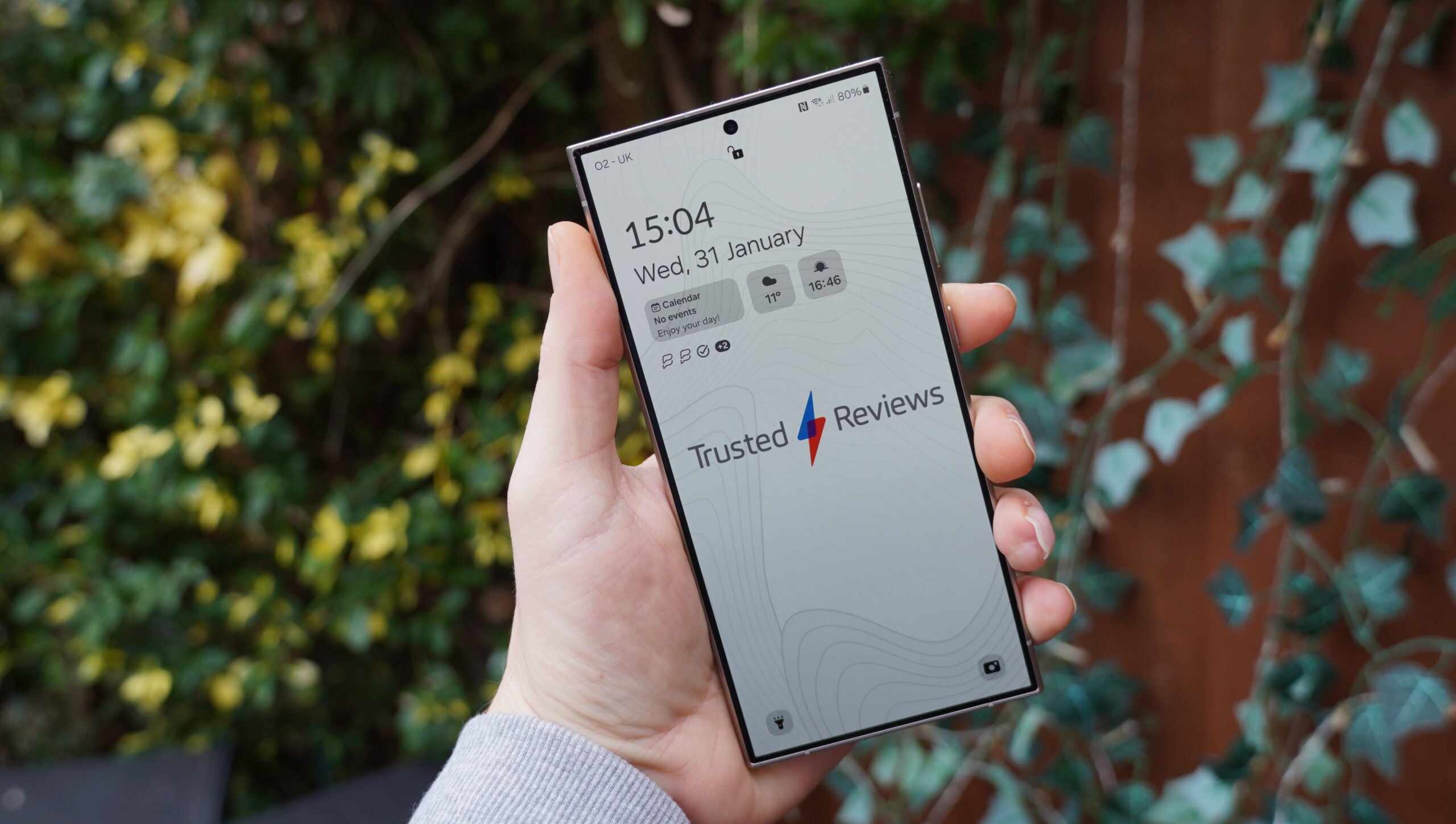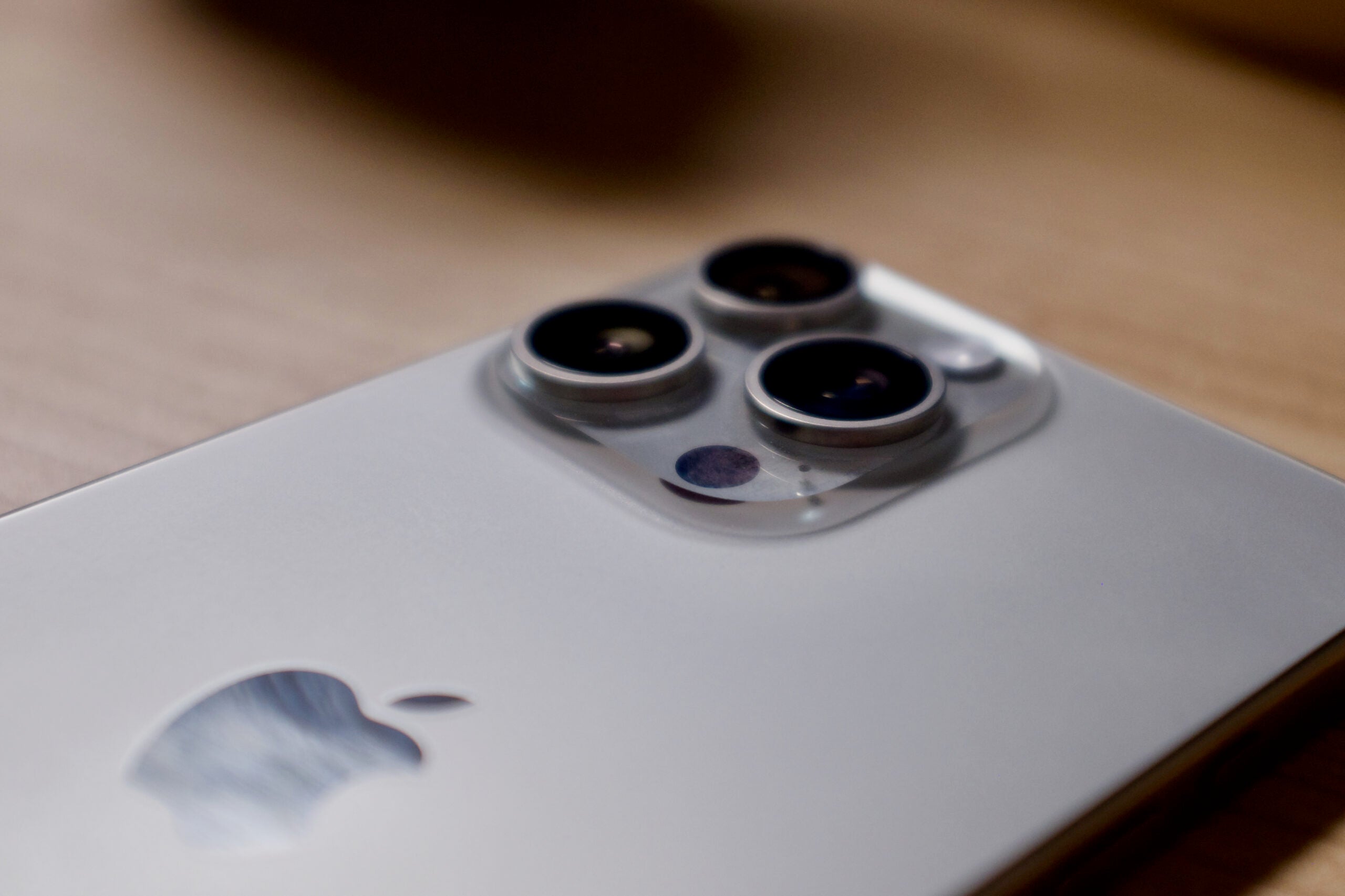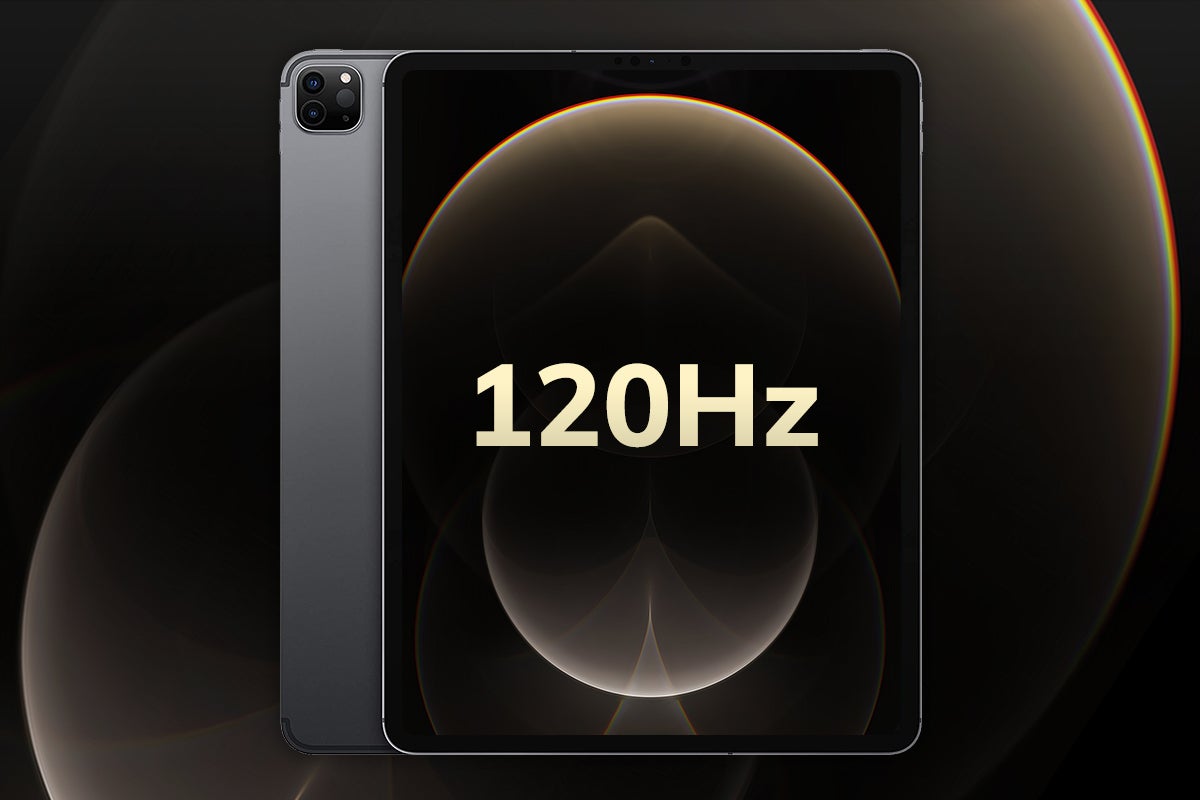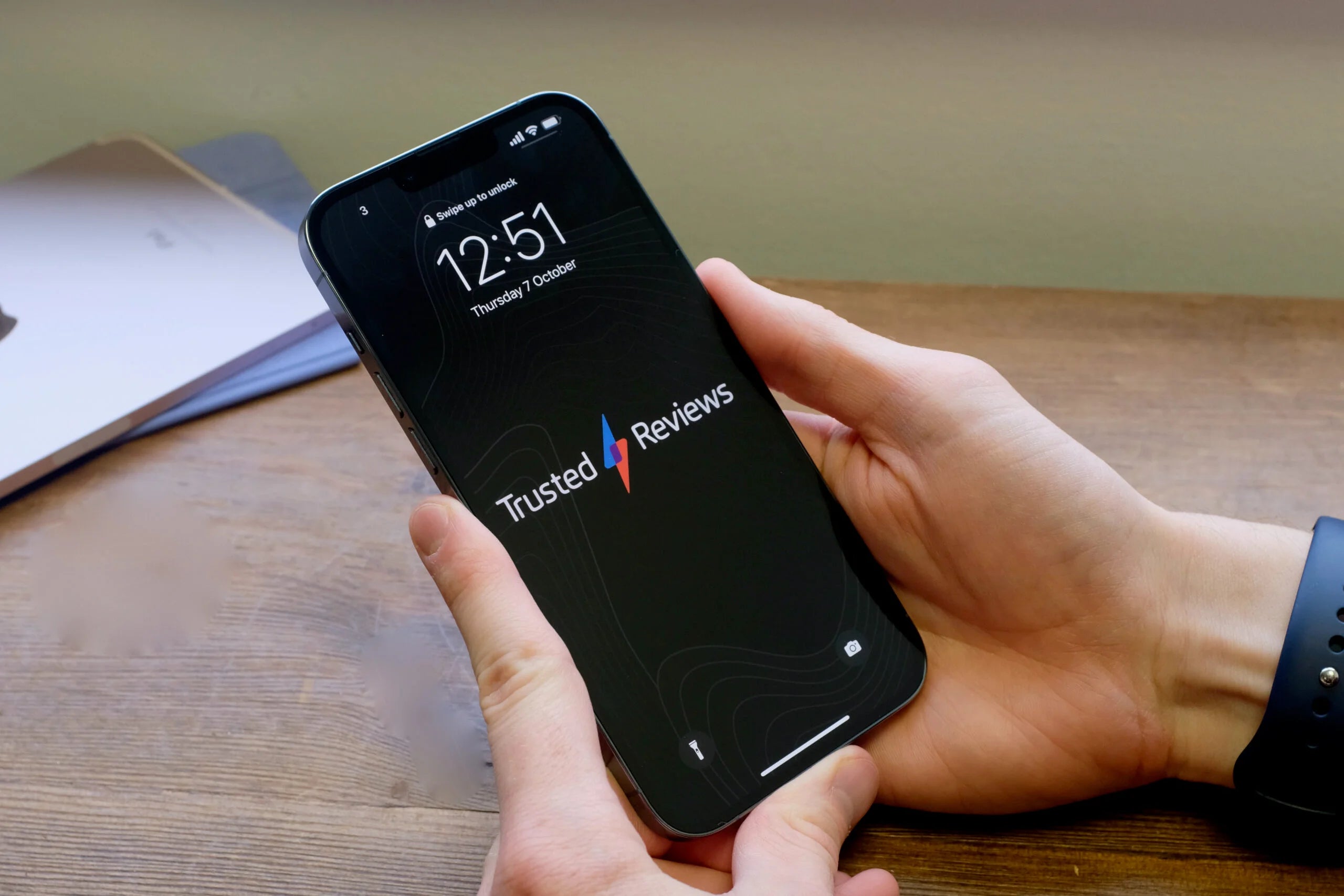What sets gaming phones apart from regular smartphones?
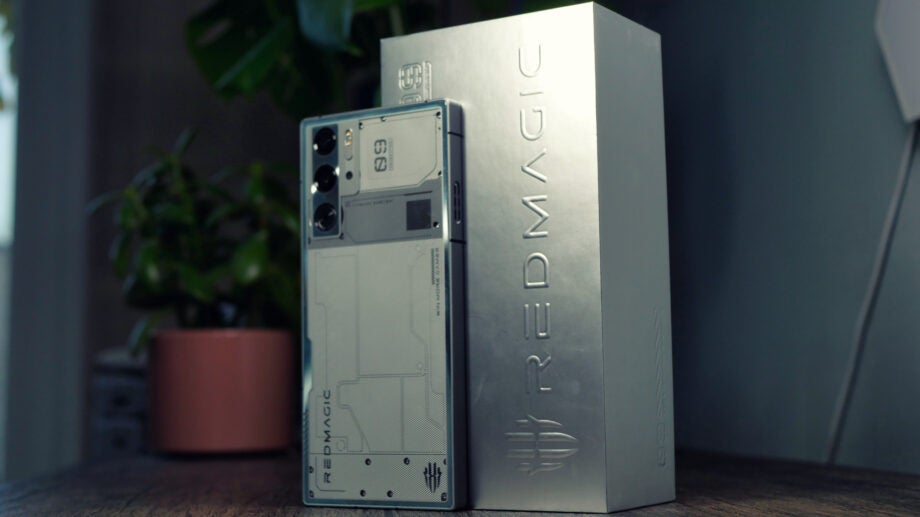
Gaming phones were a bit of a niche a few years ago, but with ever-improving tech in the mobile space, gaming phones in 2024 are more popular than ever. The question is, what sets gaming phones apart from the flagship smartphone competition? They’re usually just as powerful, after all.
However, there’s more to a gaming phone than simply being the most powerful on the market; gaming phones have unique display tech, advanced cooling systems and more to deliver that high-end mobile gaming experience that gamers want. They also tend to have that classic gamer aesthetic, usually with some kind of RGB lighting to emulate the PC gaming experience, though this doesn’t really change the core experience.
With that in mind, here’s how gaming phones differ from regular flagship smartphones in 2024.
Big, fast screens
Manufacturers want to try to emulate the classic PC gaming experience with gaming phones, and that means a particular focus on display tech. Now, don’t get us wrong – regular phones have great screens with high resolution and fast refresh rates, but things are generally taken to the next level with gaming phones.
While the exact suite of tech depends very much on the gaming phone in question, you can expect elements like faster screen refresh rates – usually 144Hz, if not higher – to render more frames of a mobile game per second.
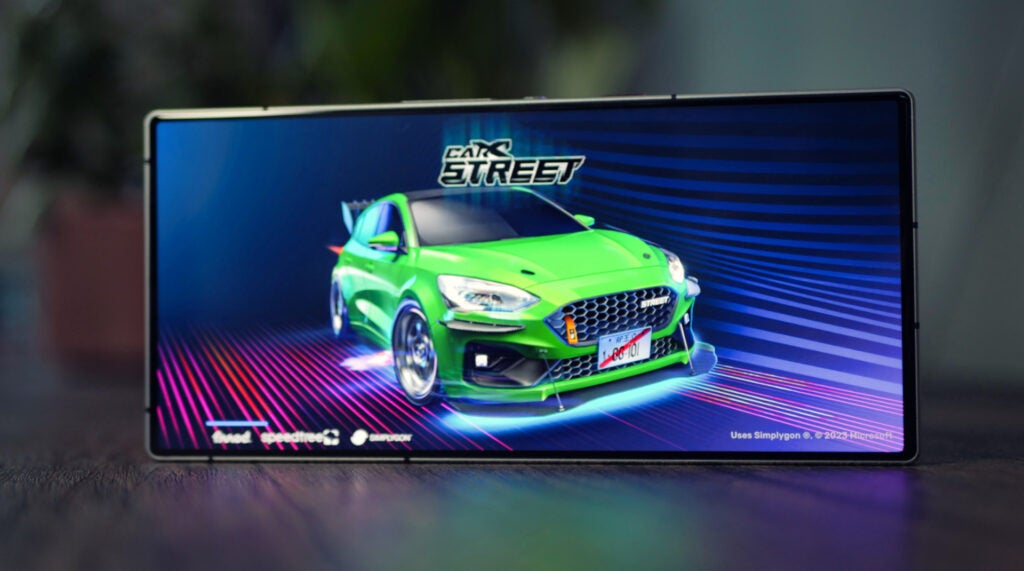
These screens are usually lower resolution than some flagships, usually clocking in at FHD+ rather than QHD, but that’s because a lower screen resolution allows you to power more frames per second. Combined with the fact that the difference between FHD+ and QHD is hard to spot on such a small screen, it’s an easy pill to swallow.
Gaming phones also usually focus on touch response times, as this has a huge effect on input latency when playing touch-based games. Gaming phones like the RedMagic 9 Pro offer an astonishingly rapid 2000Hz touch sample rate, essentially checking the screen 2000 times every second for touch input.
Gaming phone screens also tend to be pretty large – after all, you want as big a canvas for gaming as possible, right? That means you’ll struggle to find a gaming phone that measures less than 6.7 inches, with many clocking in closer to the 6.8-inch mark in 2024. These screens can also have thicker bezels than flagship alternatives, though that’s usually down to including elements like front-facing stereo speakers for improved audio quality.
Keeping cool under load
Gaming phones need the most power possible, which is why most tend to feature the latest top-end Snapdragon or MediaTek chipset along with a healthy (though some may say overkill) offering of RAM – sometimes up to 24GB, depending on the phone – to help deliver the very best mobile gaming experience, whether you’re playing something simple like Candy Crush or something like Genshin Impact that’s wholly more taxing on your phone’s SoC.
But that’s not that different from regular flagship phones, which also tend to sport top-end chipsets and healthy amounts of RAM to complement them. So where do gaming phones tend to differ? It’s largely down to cooling.
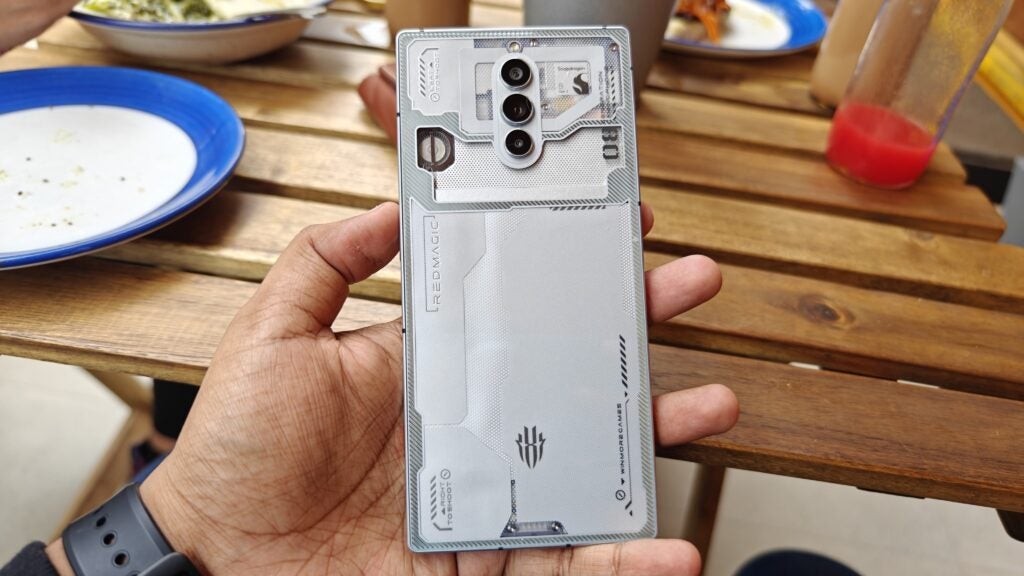
Gaming phones like the ROG Phone 8 Pro Edition and RedMagic 9 Pro offer dedicated cooling systems within the phone. These systems use a combination of tech, from air vents to huge graphene sheets, to move heat from one segment of the phone to another, helping keep the SoC cool, even under strain – such as when gaming.
A regular smartphone will usually begin to overheat after around 20 minutes of high-end mobile gameplay, and that leads to frame rate drops and generally poor gaming performance. However, these advanced cooling systems – especially when combined with external cooling tech – can allow gaming phones to perform at their best for an hour or more.
Specialist gaming accessories
To take advantage of the top-end gaming experience that gaming phones strive to offer, most gaming phones – those worth the cash, anyway – offer a vast ecosystem of gaming accessories that further improve the mobile gaming experience.
Sure, you can get a Backbone One or any other mobile controller to turn your regular phone into a gaming machine, but companies like Asus and Black Shark take things a step further with accessories like coolers that reduce the phone’s temperature, thus sustaining performance for longer periods. You can also get branded headphones that focus on minimal latency to negate audio delays seen by regular Bluetooth earbuds.
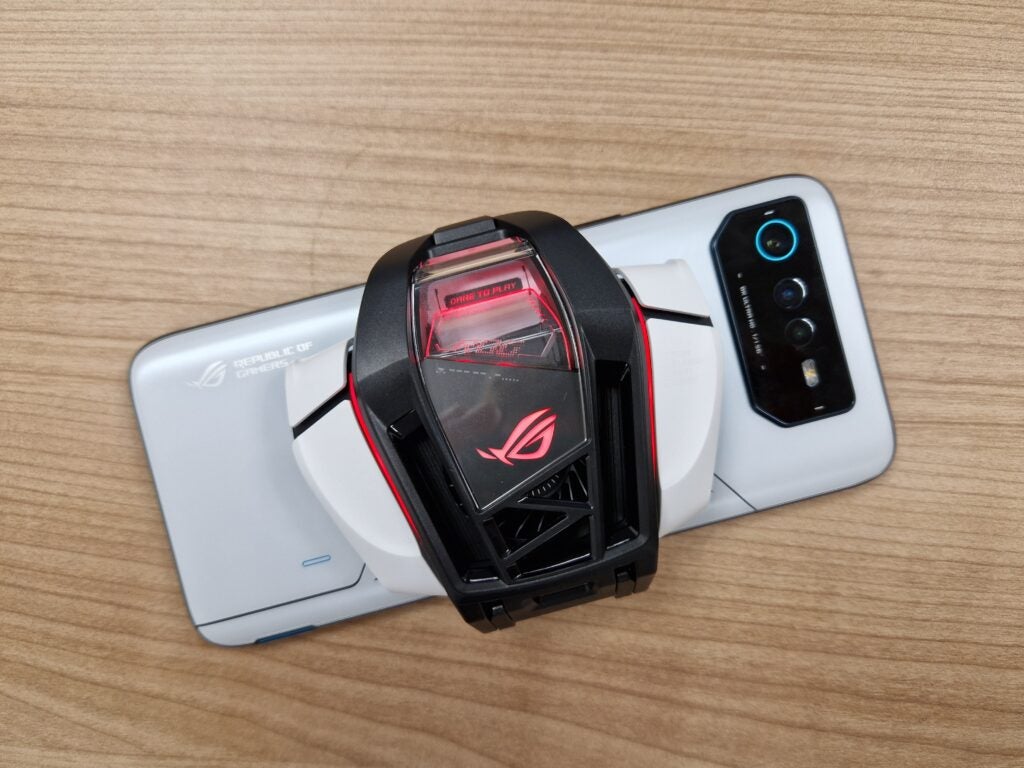
These official accessories generally have the benefit of playing particularly nice with the phone’s software, enabling features like quick pairing, button remapping capabilities and more depending on the accessory in question.
The range of accessories can vary depending on the phone manufacturer, but regardless of the option you choose, you’ll likely have a broad choice of gaming-focused accessories – likely way more than you’ll find from most top-end alternatives.
Say hello to beefed-up batteries
Another area where gaming phones tend to excel is in the battery department – after all, a beefy processor needs a beefy battery to perform, and gamers likely want to game on the go quite often.
That’s why you’ll regularly see gaming phones like the ROG Phone offer substantially larger batteries than regular phones, with the ROG Phone 7 Ultimate topping out at 6000mAh, which is 1000mAh more than you’ll find on even top-end phones like the Samsung Galaxy S24 Ultra.
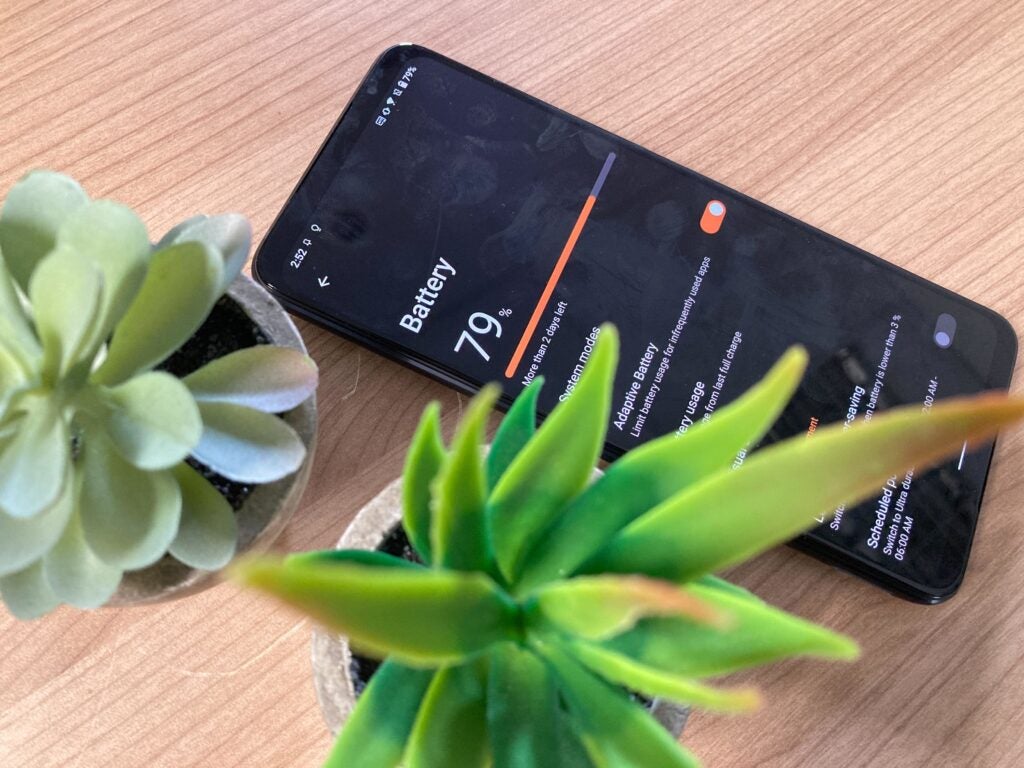
On the flip side, gaming phones won’t always offer the same fast charging tech as regular alternatives, focusing more on reducing battery degradation over time. Some even go a step further with bypass charging that essentially powers the phone without using the battery, ideal for long gaming sessions at home without worrying about your battery getting hot and degrading over time.
Bypass charging is almost unheard of in regular smartphone territory, making it a key feature of any gaming phone worth its salt.




